[最も欲しかった] management guillain barre syndrome treatment 285799
Odaka M, Tatsumoto M, Hoshiyama E, et al Side effects of combined therapy of methylprednisolone and intravenous immunoglobulin in GuillainBarre syndrome Eur Neurol 05;53(4) Pena L, Moreno CB, GutierrezAlvarez AM Pain management in GuillainBarre syndrome A systematic review Neurologia 15;30(7)Medications for GuillainBarre Syndrome GuillainBarre syndrome is a disorder caused by nerve inflammation involving progressive muscle weakness orHowever, so many more people who will suffer from GBS need to know the potential that massage therapy holds for assisting them with the condition and the recovery process

Guillain Barre Syndrome Market Size Share Trends Industry Analysis Report 25
Management guillain barre syndrome treatment
Management guillain barre syndrome treatment-GuillainBarré syndrome with respiratory failure aff ects –30% of cases Treatment with intravenous immunoglobulin or plasma exchange is theTreatment for GuillainBarré syndrome can help reduce the symptoms and speed up recovery Most people are treated in hospital and usually need to stay in hospital for a few weeks to a few months Intravenous immunoglobulin (IVIG) The most commonly used treatment for GuillainBarré syndrome is intravenous immunoglobulin (IVIG)




Nursing Care Of The Patients With Neurological Disorders
Gullain – Barre Syndrome Definition GuillainBarre syndrome or GBS is a rare disorder in which the body's immune system attacks the nerves with tingling sensations which spreads very rapidly, making one weak and eventually paralysing the whole body GuillainBarre syndrome (GBS) also known as infectious polyneuritis is an autoimmune disease in which there is an acute inflammation of the spinal and cranial nerves manifested by motor dysfunction that predominates over sensory dysfunction The exact cause is unknown, but it is associated with a previously existing viral infection or immunizationsBackground Guillain Barre Syndrome (GBS) and Miller Fisher Syndrome (MFS) are emerging as known consequences of COVID19 infection However, there have been no reported cases with positive GM1 or
Comprehensive and Collaborative Care Shepherd Center is uniquely equipped to handle even the most severe cases of GBS Unlike other rehabilitation settings, Shepherd Center can take patients sooner – even while they are still on a ventilator The goal CIDP is closely related to GuillainBarre syndrome and it is considered the chronic counterpart of that acute disease Treatment Treatment for CIDP includes corticosteroids such as prednisone, which may be prescribed alone or in combination with immunosuppressant drugsA survey of the evidence base for treatment with plasma exchange or intravenous immunoglobulins is presented Although either of these treatments can limit the severity of GBS, patients are still at risk for a broad range of complications, including respiratory failure, autonomic dysfunction, thromboembolic disease, pain, and psychiatric disorders
This is a story of how a massage therapist's treatment ideas provided safe and effective treatment to a patient dealing with GuillainBarre Syndrome (GBS) It is but one such account; Treatment The overall treatment is the same for all GBS variants Since the disease can be fatal, optimal care is provided in a hospital setting with intensive care facilitiesManagement of respiratory failure GBS is the most common peripheral neuropathy causing respiratory paralysis Despite advances in respiratory management and immunotherapy, mortality from GBS is as high as % for ventilated patients Mechanical ventilation is usually required by one third of the patients59




Diagnosis And Management Of Guillain Barre Syndrome In Ten Steps Young Investigators Review




Guillain Barre Syndrome Nejm
Figure 3 Deep vein thrombosis prophylactic treatment and intravenous immunoglobulin therapy are two treatment considerations for patients with GuillainBarre syndrome Other immune modulators such as eculizumab (a complement inhibitor) have shown some promise for GBS treatmentGuillainBarre syndrome (GBS) is a disorder in which the body's immune system attacks part of the peripheral nervous system The first symptoms of this disorder include varying degrees of weakness or tingling sensations in the legs In many instances the symmetrical weakness and abnormal sensations spread to the arms and upper bodyDufour C, Co TK, Liu A GM1 ganglioside antibody and COVID19 related Guillain Barre syndrome—a case report, systemic review and implication for vaccine development Brain Behav Immun Health 21;
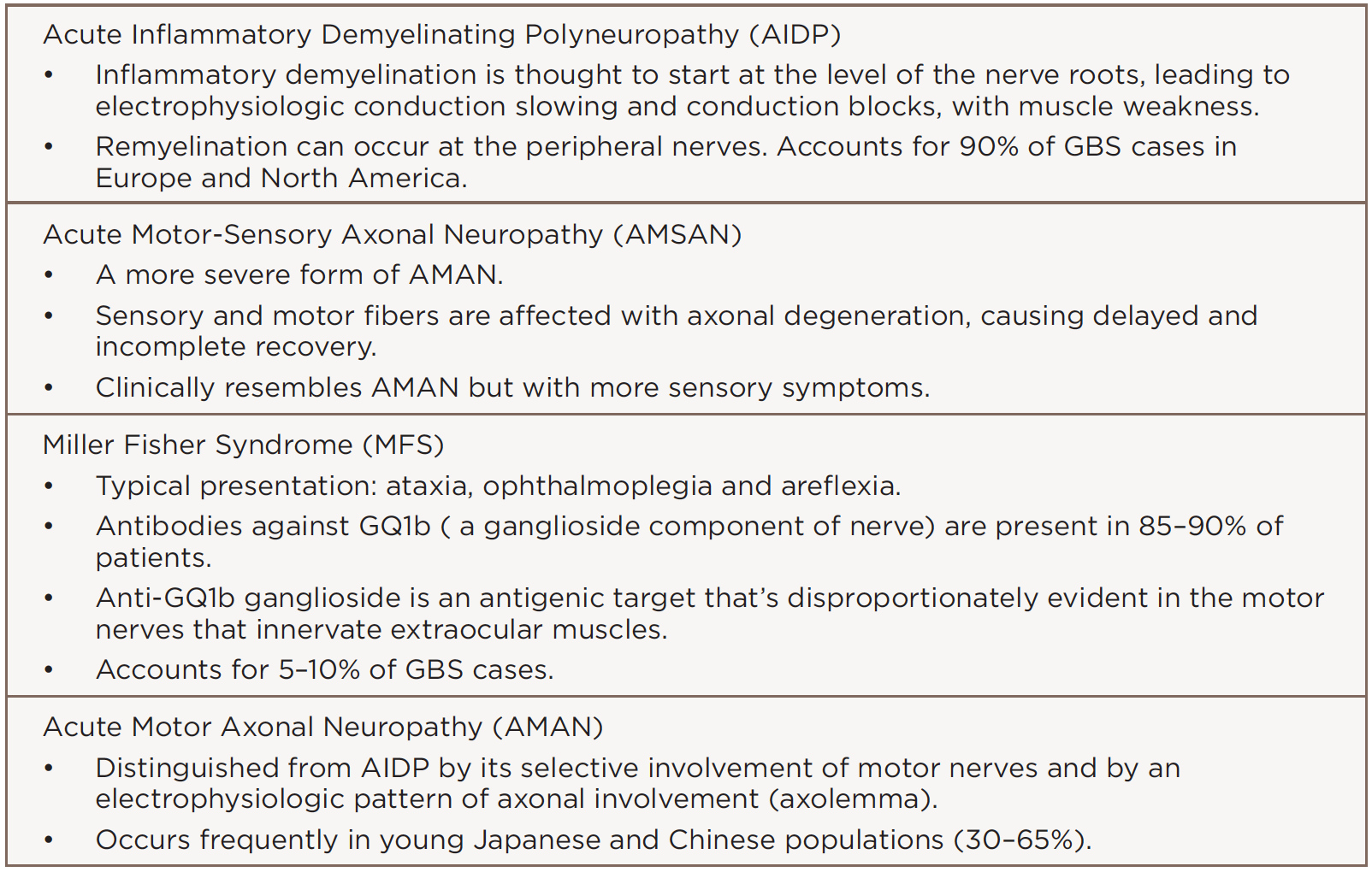



Lupus Patient Develops Miller Fisher Variant Of Guillain Barre Syndrome Page 4 Of 5 The Rheumatologist




Guillain Barre Syndrome American Family Physician
Management The mainstay of treatment in GBS includes general supportive care and specific treatment with immunotherapy General Supportive Care General supportive care is an important part of treatment of GBS A multidisciplinary approach to prevent and manage potential complications in rapidly progressing GBS is GuillainBarré syndrome E 2 Answer Nonpharmacologic pain relief therapies include frequent passive limb movements, gentle massage, and frequent position changes Desensitization techniques can be used to improve the patientTreatment for GuillainBarré Syndrome Patients with GuillainBarré syndrome have better recovery if they are given one of two treatments to calm their immune system plasma exchange (also known as plasmapheresis) or intravenous immunoglobulin Both are equally effective, but intravenous immunoglobulin is easier to give




Pin On Gbs Tara And Alea




What S New In Guillain Barre Syndrome Practical Neurology
Paraneoplastic neurological syndromes (PNS) are a group of rare immunemediated disorders with neurological sequela in cancer patients It usually occurs when an immune response against a systemic tumor is incorrectly directed to the nervous system Compared to other reported manifestations of PNS in breast cancer, Guillain Barre syndrome (GBS) is exceedingly rareGUILLAINBARRÉ SYNDROME This is a summary of the American Academy of Neurology (AAN) guideline on GuillainBarré Syndrome (GBS) the management of GBS The guideline concludes that 1 Treatment with plasma exchange (PE) or intravenous immunoglobulin (IVIg) hastens recovery from GBS 2 GuillainBarré syndrome (GBS), also called acute inflammatory demyelinating polyradiculoneuropathy (AIDP), is an inflammatory disorder affecting the peripheral nervous system that is characterized by acute or subacute onset and typically monophasic course of the disease Some patients with this disorder need hospitalization in an




Guillain Barre Syndrome American Family Physician




Guillain Barre Syndrome Associated With Sars Cov 2 Nejm
In GBS, 5–6 therapeutic plasma exchanges (TPEs) over 14 days are recommended with 5% albumin replacement 2 In this study, plasmapheresis performed for 12 patients of GBS using REF627 kit and 6% hexastarch, 09% normal saline, FFP, and with proper supportive measures produced a significant improvement in 75% cases In this article, we will discuss the Management of GuillainBarrè Syndrome So, let's get started Management Ideally, all patients of GBS should be hospitalised for observation and subsequent management depending on the situation Patients should Treatment of GuillainBarre´ Syndrome There is no exact cure for GuillainBarre´Syndrome But the supportive treatment can help manage it These treatments shorten the hospitalization period, speed up the healing process and reduce the risk of permanent disability and death The options of treatment include Intravenous Immunoglobulin (IVIG)
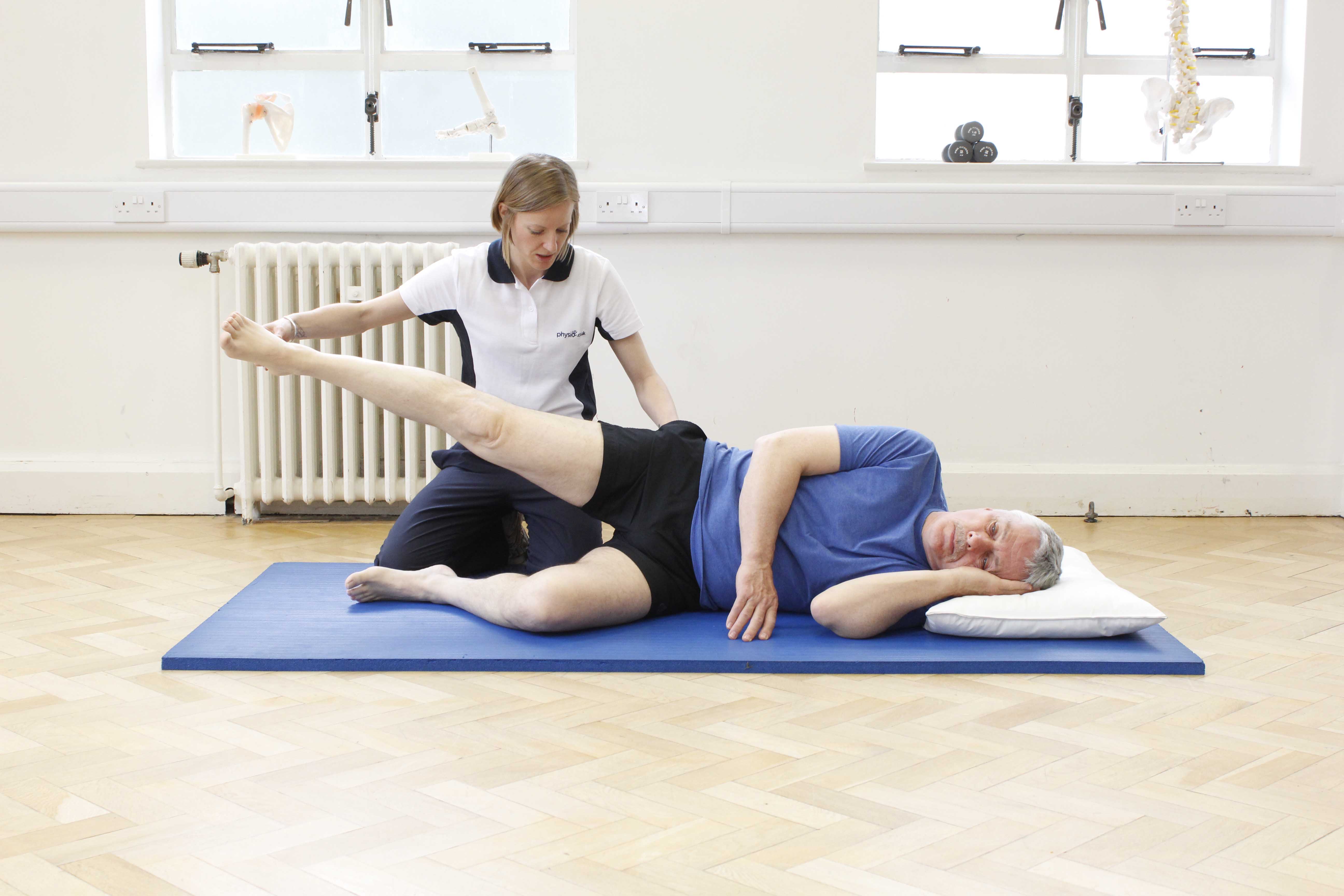



Guillain Barre Syndrome Conditions Neurological What We Treat Physio Co Uk




Guillain Barre Syndrome Mayo Clinic Proceedings
GuillainBarre syndrome is an acute inflammatory polyneuropathy that is classified according to symptoms and divided into axonal and demyelinating forms Twothirds of patients have a history of gastroenteritis or influenzalike illness weeks before onset ofGuillainBarré syndrome (GBS) is an acute polyradiculoneuropathy with a highly variable clinical course and outcome Intravenous immunoglobulin (IVIg) and plasma exchange are proven effective treatments, but the efficacy has been demonstrated mainly on motor improvement in adults with a typical and severe form of GBS Treatment with plasma exchange or intravenous immune globulin (IVIG) is indicated for most patients with GBS because these treatments accelerate recovery We recommend treatment with plasma exchange or IVIG for nonambulatory adult patients with GBS who are within four weeks of symptom onset



Www n Com Guidelines Home Getguidelinecontent 115




Guillain Barre Syndrome Treatment Propel Physiotherapy
Treatment of GuillainBarré syndrome may include plasma exchange (plasmapheresis) and highdose immunoglobulin therapy There is no cure for GuillainBarre, but most people recover fully The recovery period after a bout of GuillainBarré syndrome may be as little as a few weeks or as long as a few years Cerebrospinal fluid and electrophysiological examination were also suggestive The neurological symptoms improved during treatment with immunoglobulins Quick recognition of symptoms and diagnosis is important in the management of GuillainBarré syndrome associated with coronavirus19 PMID DOI/jnma6710The acute immunemediated polyneuropathies are classified under the eponym GuillainBarré syndrome (GBS), after the authors of early descriptions of the disease GBS is an acute monophasic paralyzing illness usually provoked by a preceding infection The treatment and prognosis of GBS in adults will be discussed here
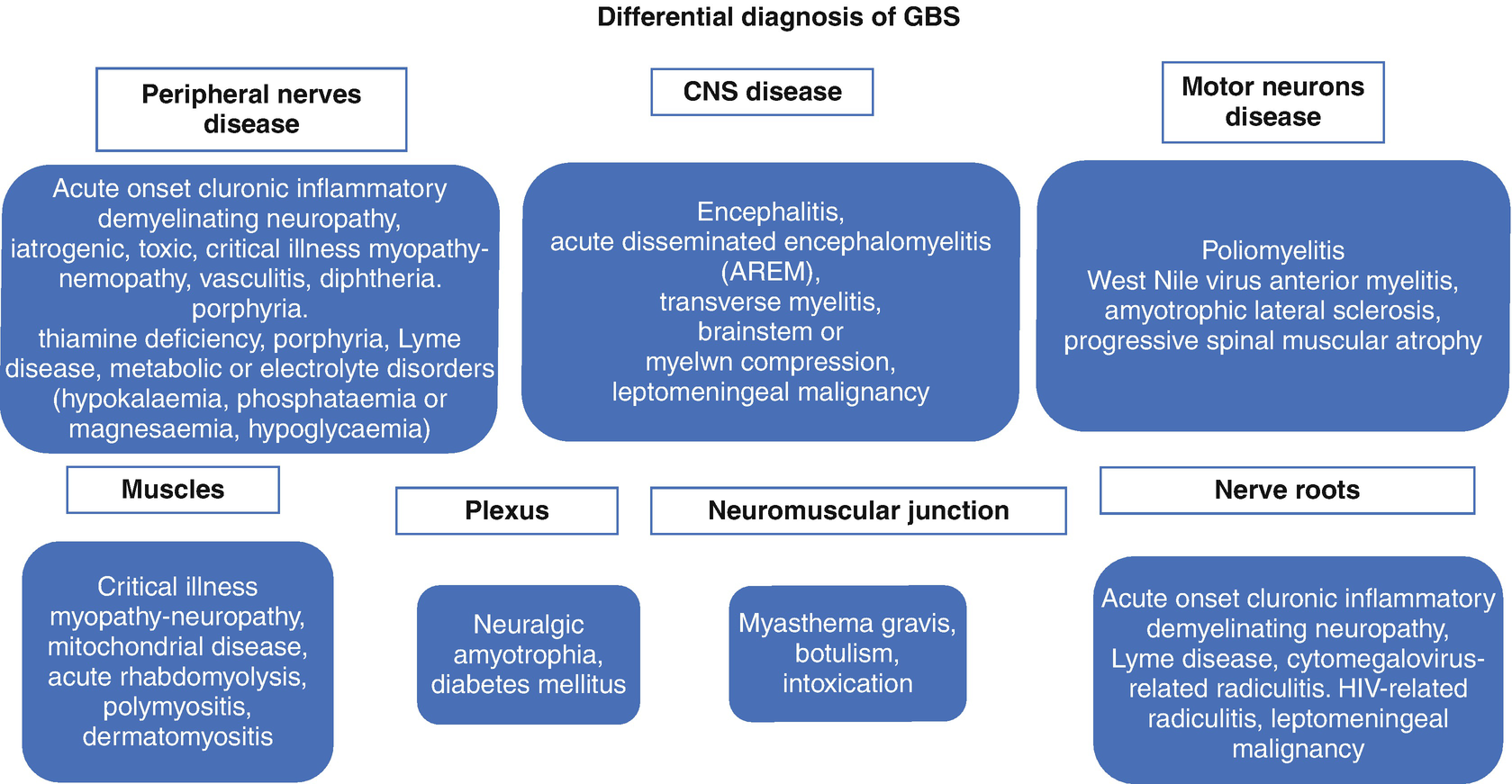



Critical Care Management Of Guillain Barre Syndrome Springerlink




Guillain Barre Syndrome The Lancet
GuillainBarré syndrome is the most common and most severe acute paralytic neuropathy, with about 100 000 people developing the disorder every year worldwide Under the umbrella term of GuillainBarré syndrome are several recognisable variants with distinct clinical and pathological features The severe, generalised manifestation of GuillainBarré syndrome with respiratory Guillain–Barré syndrome (GBS) is an inflammatory disease of the PNS and is the most common cause of acute flaccid paralysis, with an Tripathi M, Kaushik S Carbamezapine for pain management in GuillainBarré syndrome patients in the intensive care unit Crit Care Med 00;28(3)655–658 30




Guillain Barre Syndrome American Family Physician




Risk Of Psychiatric Disorders In Guillain Barre Syndrome A Nationwide Population Based Cohort Study Journal Of The Neurological Sciences
GuillainBarre syndrome is an acute inflammatory polyneuropathy that is classified according to symptoms and divided into axonal and demyelinating forms Twothirds of patients have a history of gastroenteritis or influenzalike illness weeks before onset of neurologic symptoms Associated with Zika virus outbreaks GuillainBarre Syndrome Treatments There is no cure for GuillainBarré syndrome However, there are a few therapies that lessen the severity of the illness and accelerate the recovery in most patients While plasma exchange and highdose immunoglobulin therapy are effective techniques, but immunoglobulin is easier to administerThe association between preceding infection of hepatitis E virus (HEV) and Guillain–Barre syndrome (GBS) has been found for more than a decade, while hepatitis E virus‐associated Guillain–Barre syndrome (HEV‐associated GBS) still remains poorly understood




Review Article On Covid 19 And Guillain Barre Syndrome




Guillain Barre Syndrome The Lancet
What's guillain barre syndromehow guillain barre syndrome is diagnosedcan guillain barre syndrome be curedcan guillain barre syndrome affect the braincan guiGuillainBarre syndrome (GBS) is an acute, rapidly progressing, ascending inflammatory demyelinating polyneuropathy of the peripheral sensory and motor nerves and nerve roots GBS is most often, but not always, characterized by muscular weakness and distal sensory loss or dysesthesias GBS is the most frequently acquired demyelinating neuropathyPMC free article Google Scholar




Guillain Barre Syndrome And Its Variants As A Manifestation Of Covid 19 A Systematic Review Of Case Reports And Case Series Journal Of The Neurological Sciences
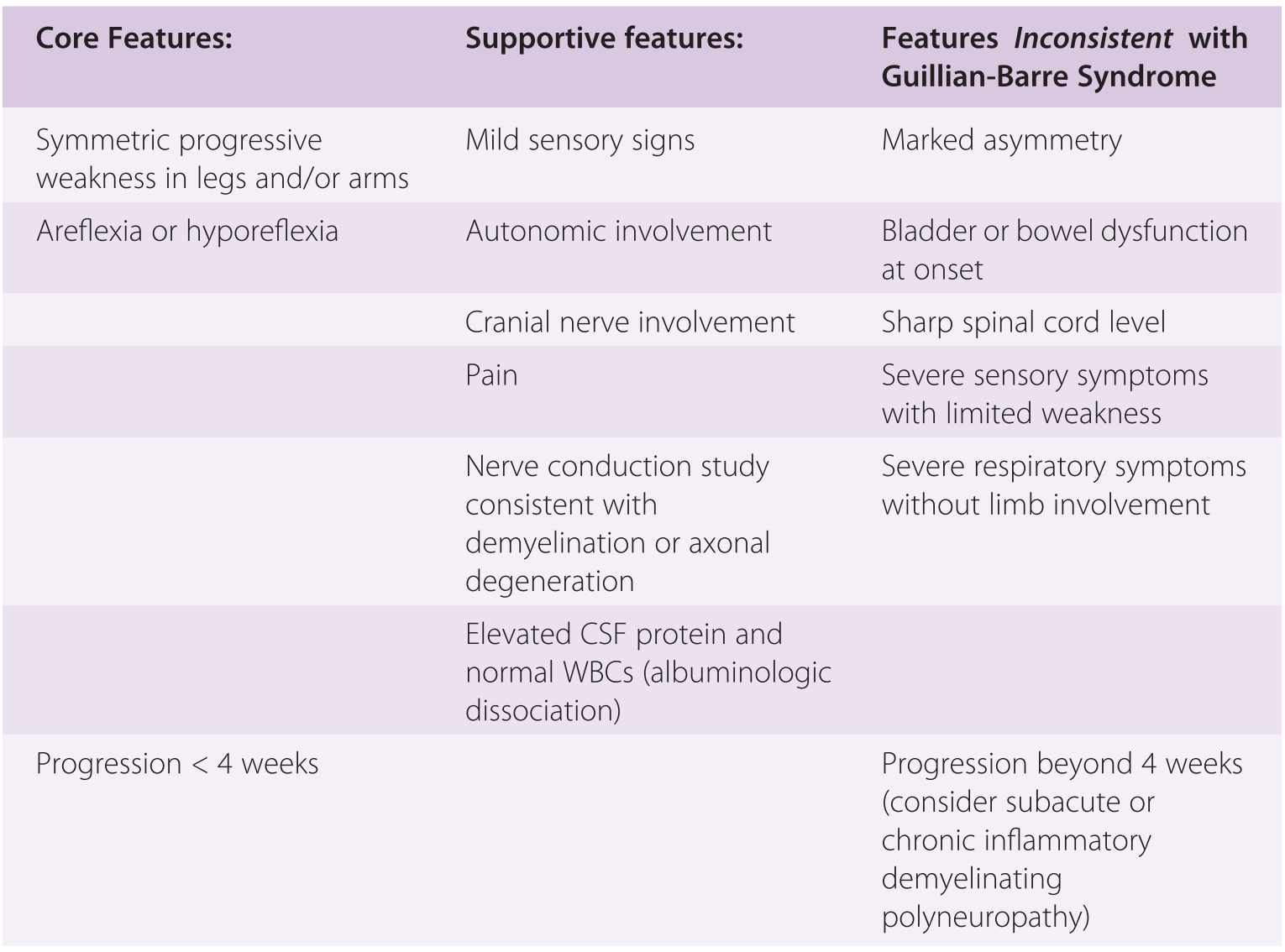



Guillain Barre Syndrome And Myasthenia Gravis Chapter 43 Gupta And Gelb S Essentials Of Neuroanesthesia And Neurointensive Care
Treatment Medical management of GBS consists of plasmapheresis or immunoglobulin infusion (IVIg) IVIg therapy, where antibodies are infused into the patient to counteract his or her antibodies, is the preferred choice for therapy (1)Determined that a patient has CIDP, first line treatment choices are corticosteroids, plasmapheresis (plasma exchange) or intravenous immunoglobulin (IVIG) In contrast to GBS, breathing, swallowing and speaking are rarely affected, though it is still important to establish a diagnosis and set a course of treatment as soon as possible It has been linked to gastrointestinal and respiratory infections, as well as influenza viruses and vaccines The disease attacks the nervous system causing weakness and tingling that can lead to paralysis Physiotherapy treatment plays a large role in the treatment of symptoms and sequelae of GuillainBarré syndrome



1




The Management Of Guillain Barre Syndrome Current Paediatrics
Patients with GBS are not uncommon, and therefore it is important to be educated and to have a more precise understanding GBS patients need to be treated holistically through emotional and physical support and known effective treatments




Guillain Barre Syndrome Treatment Propel Physiotherapy
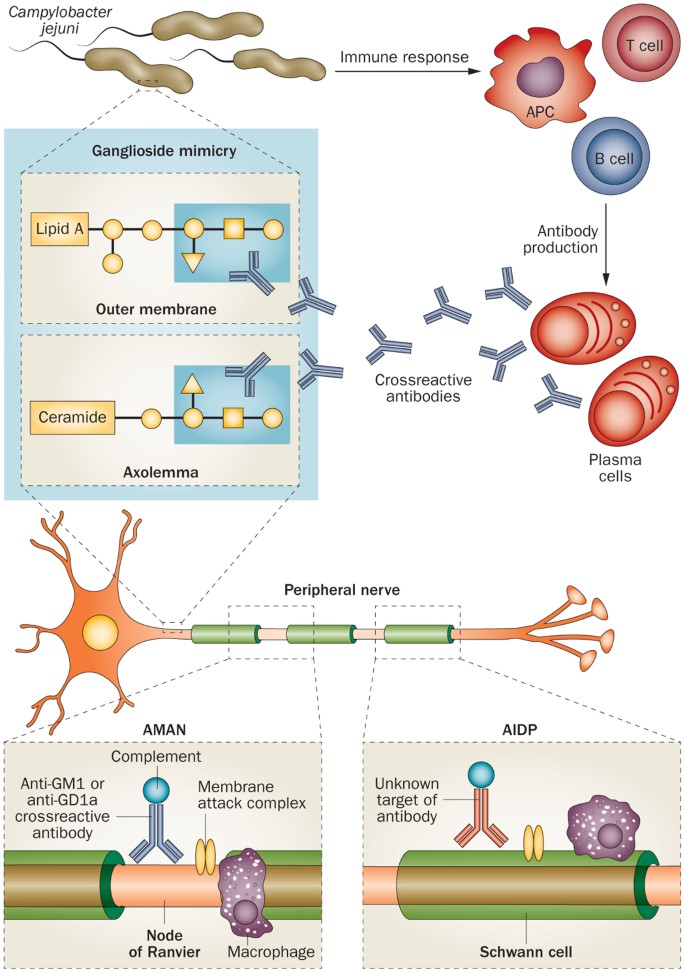



Guillain Barre Syndrome Pathogenesis Diagnosis Treatment And Prognosis Nature Reviews Neurology




Ot Pt Guidelines For Guillian Barre Syndrome Guillain Barre Syndrome Occupational Therapy Ot Therapy




Treatment Approach For Guillain Barre Syndrome Modifi Ed With Download Scientific Diagram




Pdf Guillain Barre Syndrome




Treatment Dilemmas In Guillain Barre Syndrome Journal Of Neurology Neurosurgery Psychiatry
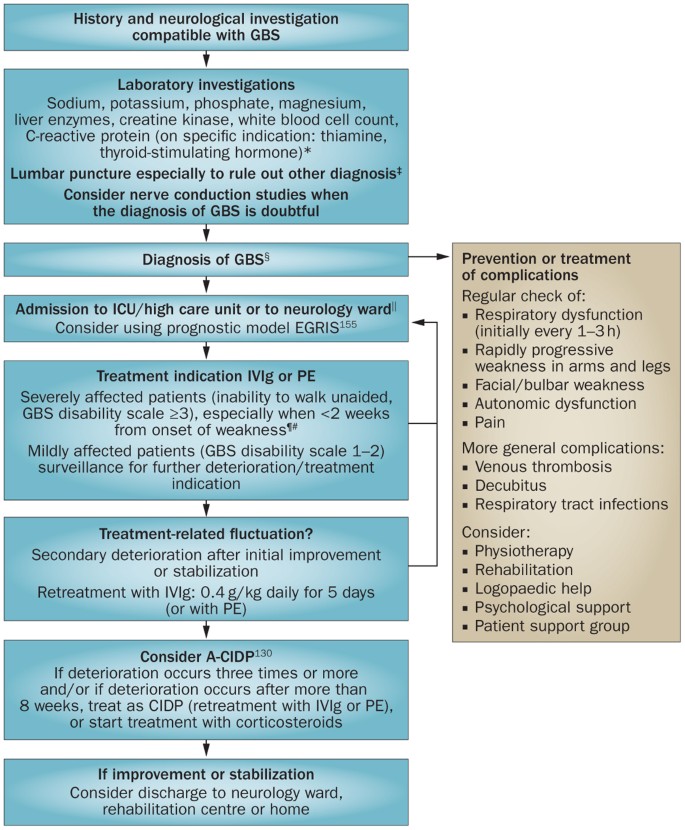



Guillain Barre Syndrome Pathogenesis Diagnosis Treatment And Prognosis Nature Reviews Neurology




Physical Therapy Management Of A Patient With Guillain Barre Syndrome During And After Pregnancy A Case Report Article Nursingcenter




Current Treatment Practice Of Guillain Barre Syndrome Neurology




Guillain Barre Syndrome Ppt Download
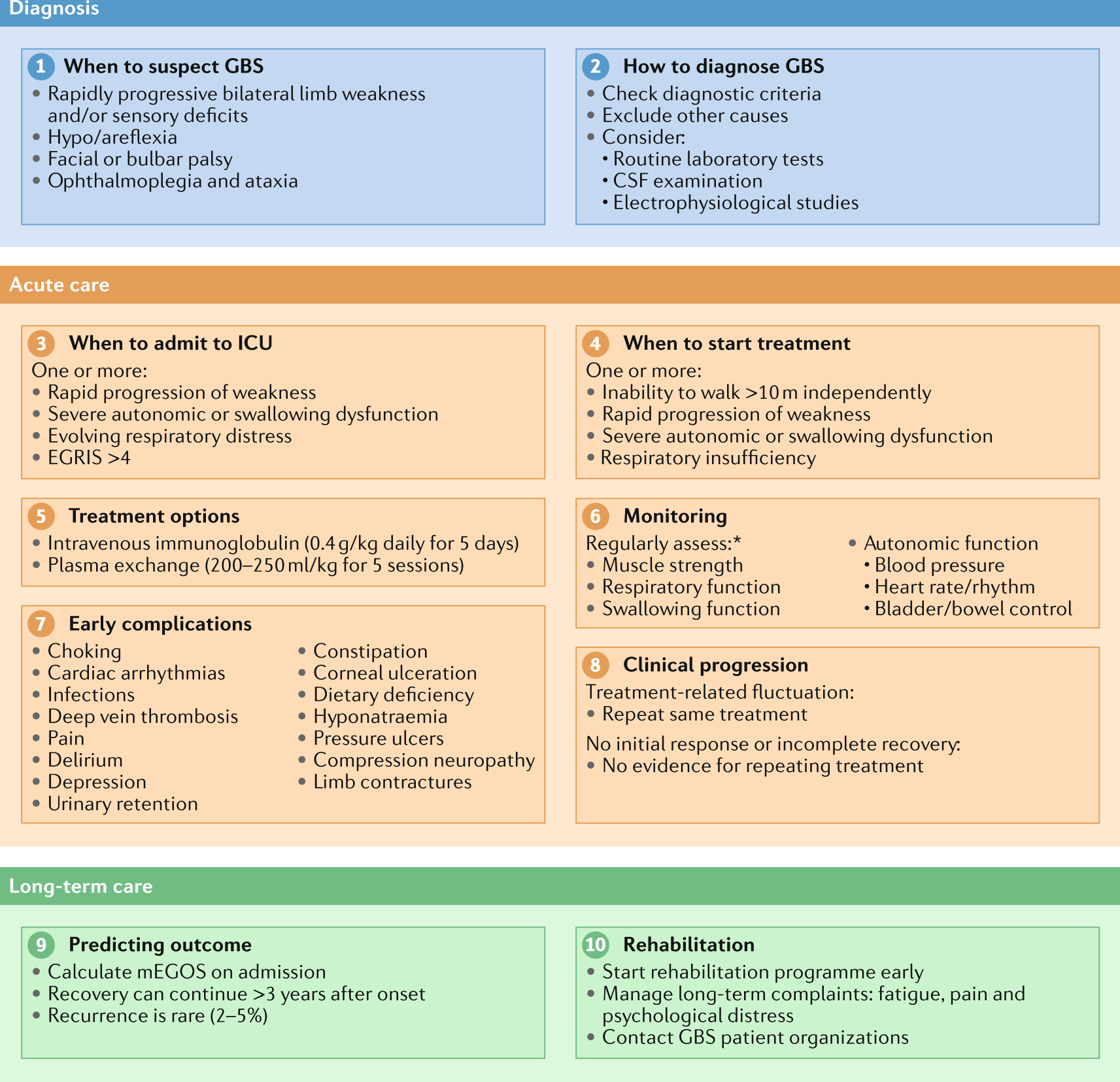



Diagnosis And Management Of Guillain Barre Syndrome In Ten Steps Nature Reviews Neurology




Efficacy Of Physical Therapy Management For Guillain Barre Syndrome By Regan Rose Issuu




Covid 19 And Guillain Barre Syndrome A Wellcome Open Research




Guillain Barre Syndrome After Primary Cytomegalovirus Infection In A Patient With A Heart Transplant Sciencedirect




Treating Guillain Barre Syndrome Medmastery




Guillain Barre Syndrome




10 Steps To Managing Guillain Barre Syndrome 1 Grepmed




Pdf Pharmacologic Management Of Anxiety And Affective Lability During Recovery From Guillain Barr Syndrome Some Preliminary Observations




Therapeutic Plasma Exchange In Guillain Barre Syndrome And Chronic Inflammatory Demyelinating Polyradiculoneuropathy Sciencedirect




Guillain Barre Syndrome Market Size Share Trends Industry Analysis Report 25




Figure 4 2 From Acute Neuromuscular Respiratory Failure Semantic Scholar




Guillain Barre Syndrome Study Guide And Practice Questions
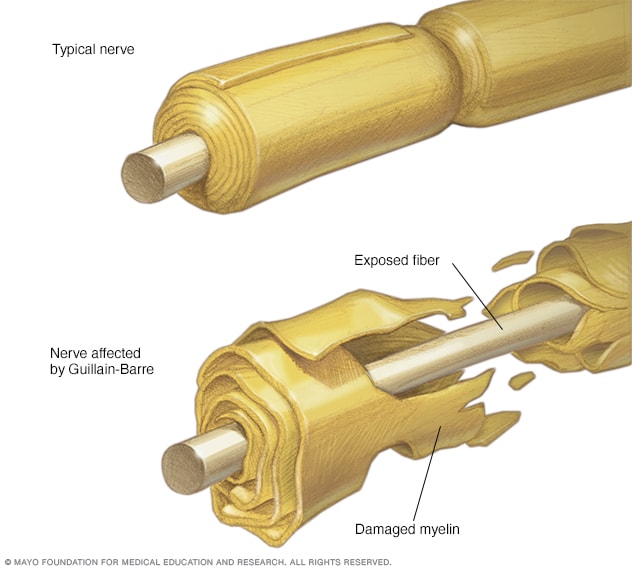



Guillain Barre Syndrome Symptoms And Causes Mayo Clinic




Guillain Barre Syndrome The Lancet




Altered Mental Status In Guillain Barre Syndrome A Noteworthy Clinical Clue Mulroy Annals Of Clinical And Translational Neurology Wiley Online Library




The Association Of Guillain Barre Syndrome With Pulmonary Tuberculosis Chance Or Causal
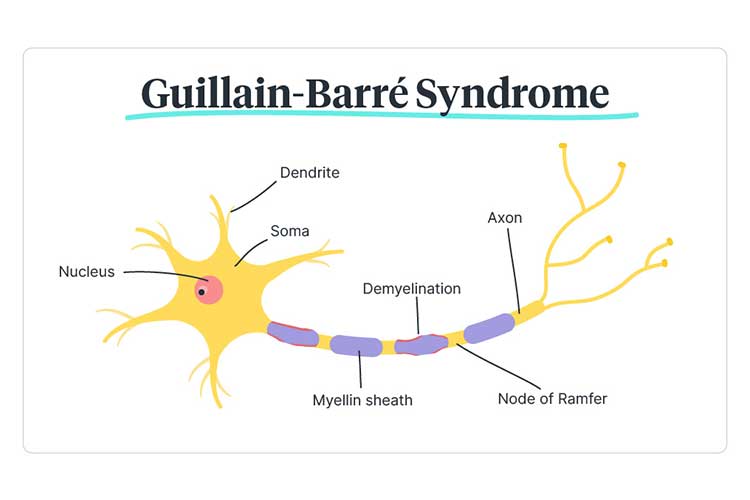



Guillain Barre Syndrome What Is Gbs Ausmed




Gb Guillain Barre Syndrome Treatment Youtube




Diagnosis And Management Of Guillain Barre Syndrome In Ten Steps Scienceopen




Pdf Rehabilitation In Guillian Barre Syndrome




Guillain Barre Syndrome In The Elderly Experience From A Tertiary Care Hospital In India Journal Of Clinical Neuroscience



Homeopathic Remedies For Guillain Barre Syndrome Drhomeo
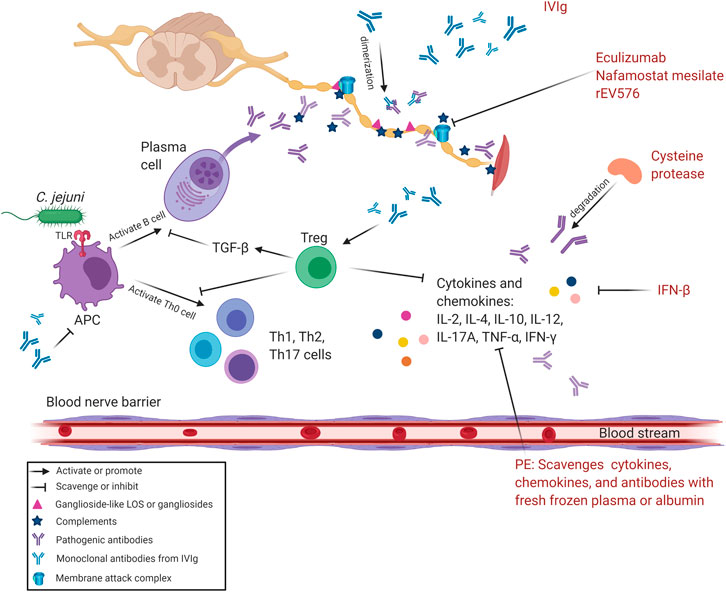



Frontiers Intensive Care And Treatment Of Severe Guillain Barre Syndrome Pharmacology
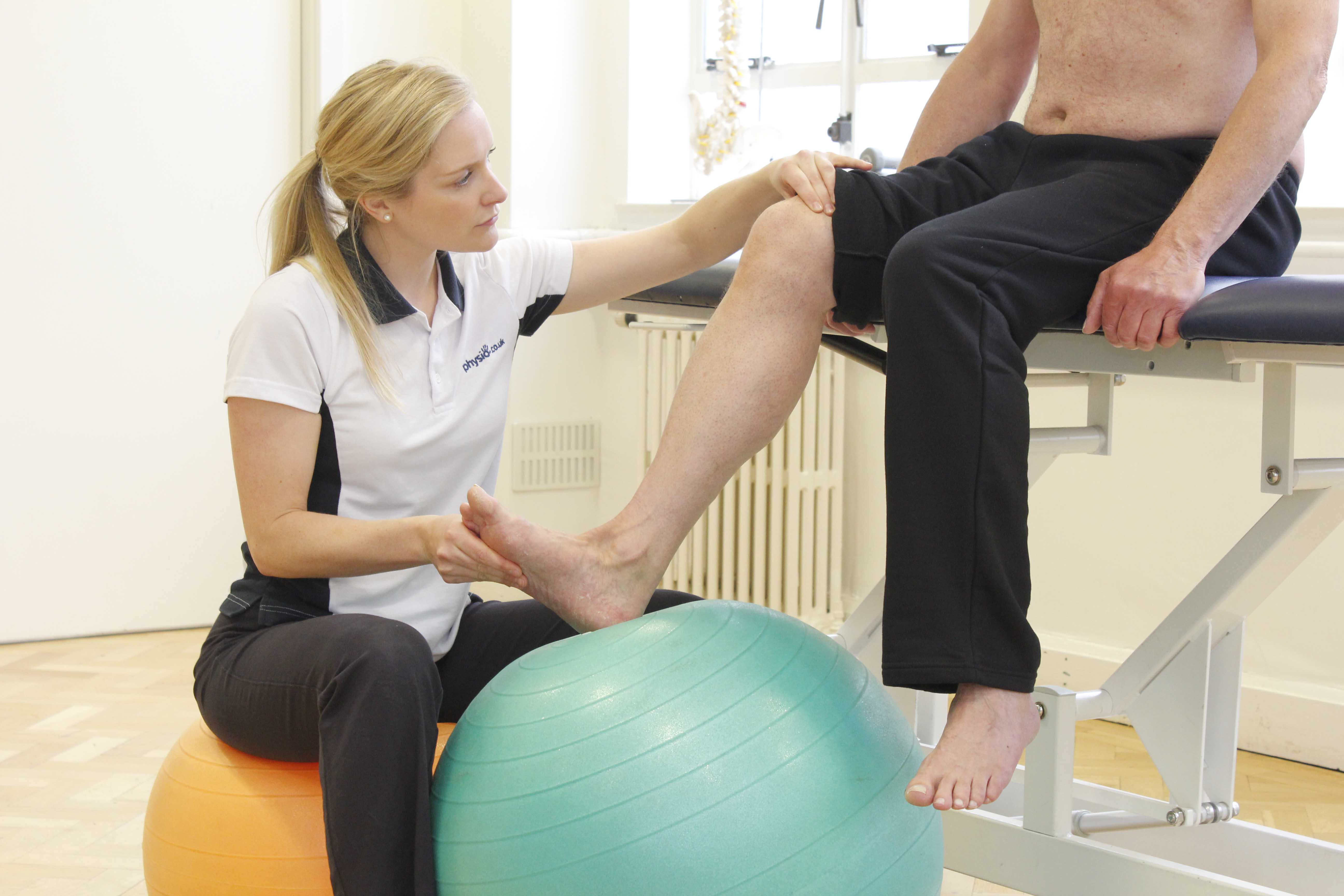



Guillain Barre Syndrome Conditions Neurological What We Treat Physio Co Uk




Physical Therapy Management Of A Patient With Guillain Barre Syndrome By Sarah Kou
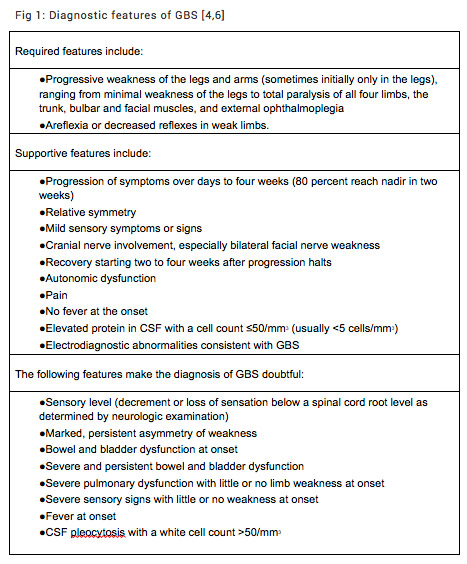



Guillain Barre Syndrome Rcemlearning



Emdocs Net Emergency Medicine Educationguillain Barre Syndrome Third Time S The Charm Emdocs Net Emergency Medicine Education



1




A Case Of Guillain Barre Syndrome In A Primary Care Setting The Journal For Nurse Practitioners




6 Guillain Barre Syndrome Nursing Care Plans Nurseslabs




Guillain Barre Syndrome Rcemlearning




Guillain Barre Syndrome Gbs
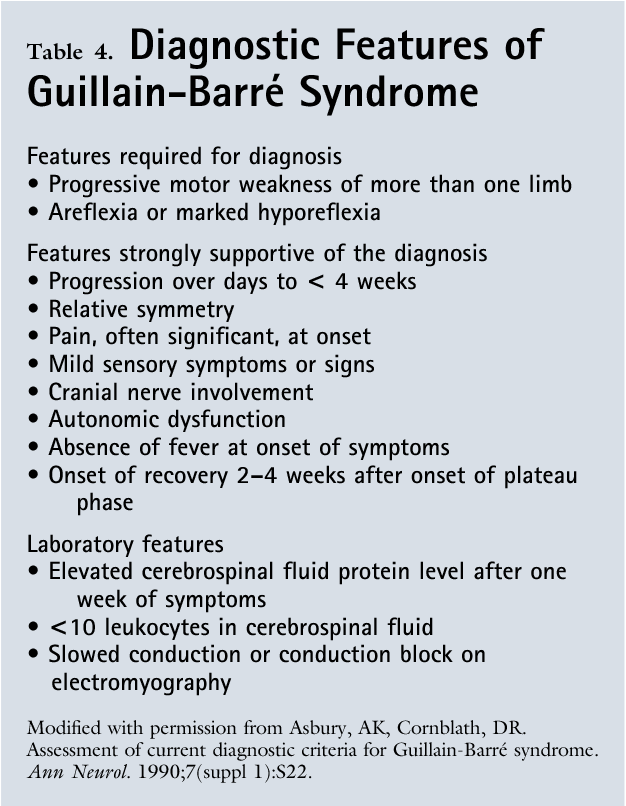



Pdf Guillain Barre Syndrome Semantic Scholar




Learn About Guillain Barre Syndrome With A Medcomic Rap




Guillain Barre Syndrome Gbs Described Concisely Youtube




Nature Reviews Neurology Publishes Zikaplan Supported Landmark Paper Diagnosis And Management Of Guillain Barre Syndrome In Ten Steps Zikaplan



Guillain Barre Syndrome




Treatment Guidelines For Guillain Barre Syndrome Meena A K Khadilkar S V Murthy J Ann Indian Acad Neurol




Guillain Barre Syndrome Ppt Download




Second Intravenous Immunoglobulin Dose In Patients With Guillain Barre Syndrome With Poor Prognosis Sid Gbs A Double Blind Randomised Placebo Controlled Trial The Lancet Neurology
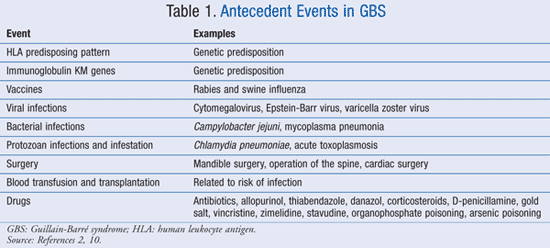



Guillain Barre Syndrome




Nursing Care Of The Patients With Neurological Disorders
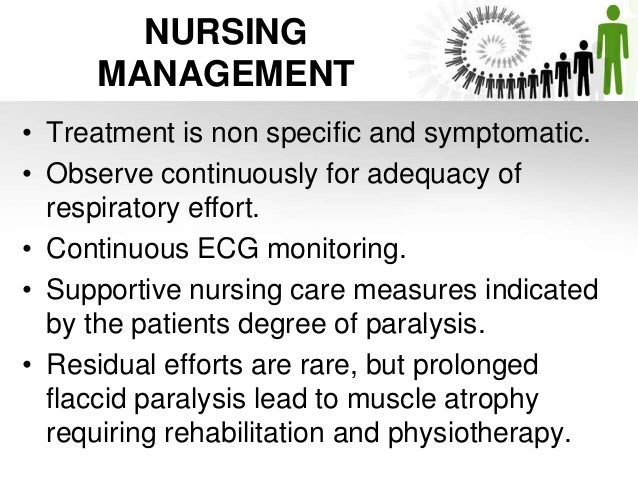



Guillain Barre Syndrome Gbs
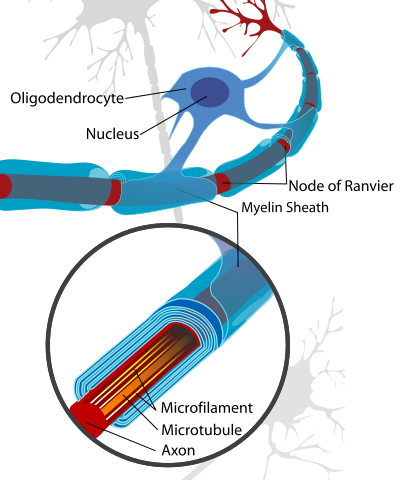



Gbs Disease
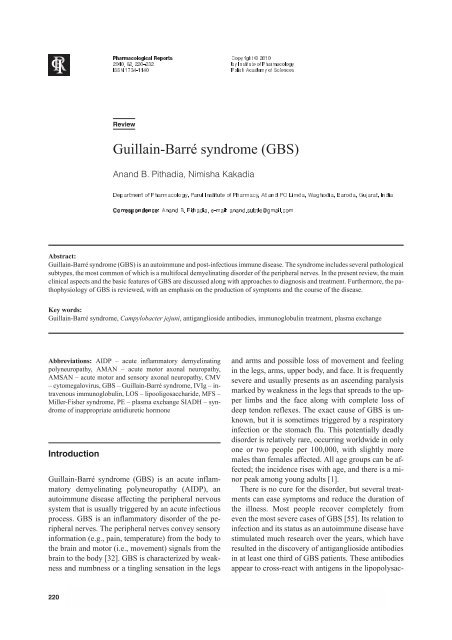



Guillain Barre Syndrome Gbs




Original Research Second Ivig Course In Guillain Barre Syndrome With Poor Prognosis The Non Randomised Isid Study Journal Of Neurology Neurosurgery Psychiatry




Guillain Barre Syndrome G B S India Home Facebook




Guillain Barre Syndrome Occupational Therapy Management Theindependentbd Com




Diagnosis And Management Of Guillain Barre Syndrome In Ten Steps Nature Reviews Neurology




Successful Treatment Of A 12 Year Old Boy With Guillain Barre Syndrome Requiring Tracheostomy Due To Respiratory Muscle Paralysis A Case Report




Clinical Variants Of Guillain Barre Syndrome In Children Pediatric Neurology
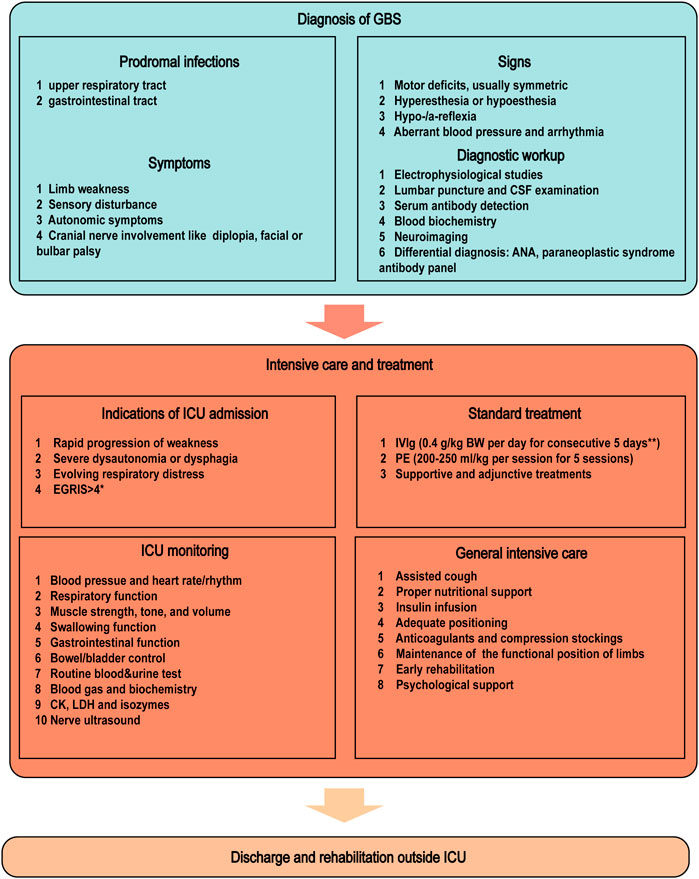



Frontiers Intensive Care And Treatment Of Severe Guillain Barre Syndrome Pharmacology



Physical Therapy Management Of Guillain Barre Syndrome Cyberpt




Treatment Of Guillain Barre Syndrome Article Nursingcenter
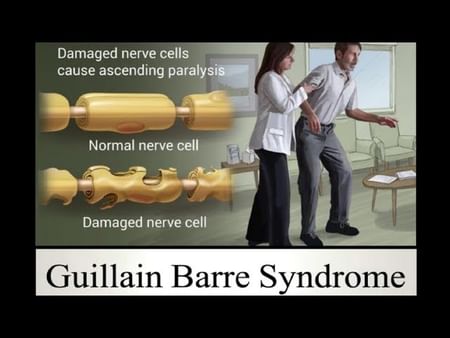



Treatment Of Guillain Barre Syndrome By Dr Radhika A Md Lybrate




Treatment Guidelines For Guillain Barre Syndrome Meena A K Khadilkar S V Murthy J Ann Indian Acad Neurol



Guillain Barre Syndrome Physiotherapy Treatment Yorkshire Neurological Physiotherapy In Leeds




Guillain Barre Syndrome How Nurses Should Manage



Emdocs Net Emergency Medicine Educationguillain Barre Syndrome Third Time S The Charm Emdocs Net Emergency Medicine Education



Miller Fisher
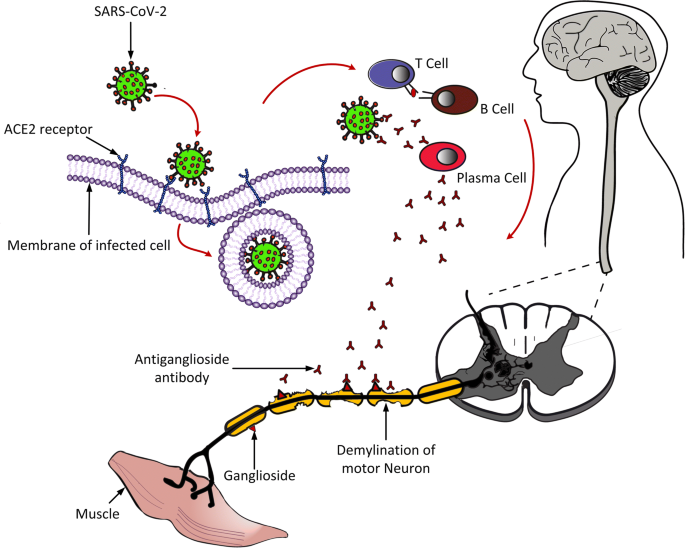



Covid 19 Associated Guillain Barre Syndrome Atypical Para Infectious Profile Symptom Overlap And Increased Risk Of Severe Neurological Complications Springerlink



Emdocs Net Emergency Medicine Educationguillain Barre Syndrome Third Time S The Charm Emdocs Net Emergency Medicine Education



Www Nepjol Info Index Php Nmj Article View 741
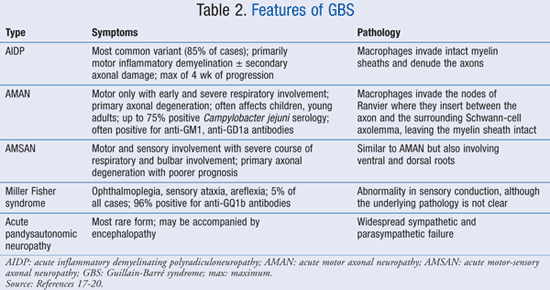



Guillain Barre Syndrome



Emdocs Net Emergency Medicine Educationguillain Barre Syndrome Third Time S The Charm Emdocs Net Emergency Medicine Education




Guillain Barre Syndrome Manchester Neurotherapy Centre




Biological Drugs In Guillain Barre Syndrome An Update Bentham Science




Pdf Management Of Guillain Barre Syndrome Semantic Scholar




Guillain Barre Syndrome Physiopedia
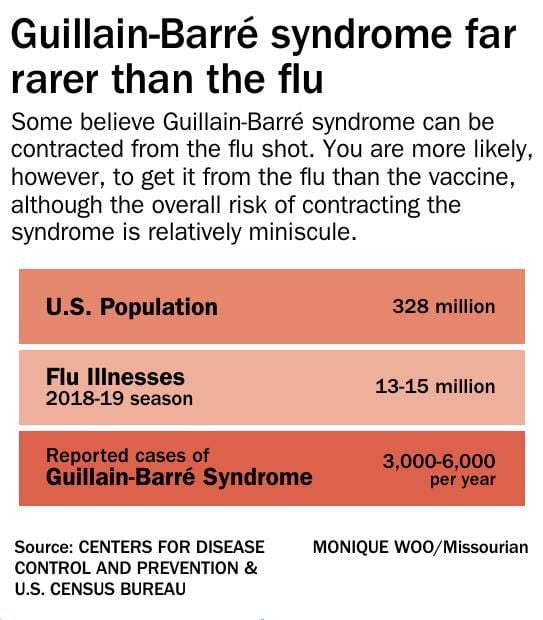



Guillain Barre Syndrome What Is It And Why Should You Care News Columbiamissourian Com




Guillain Barre Syndrome Mayo Clinic Proceedings



Http Dune Une Edu Cgi Viewcontent Cgi Article 1027 Context Pt Studcrposter
コメント
コメントを投稿